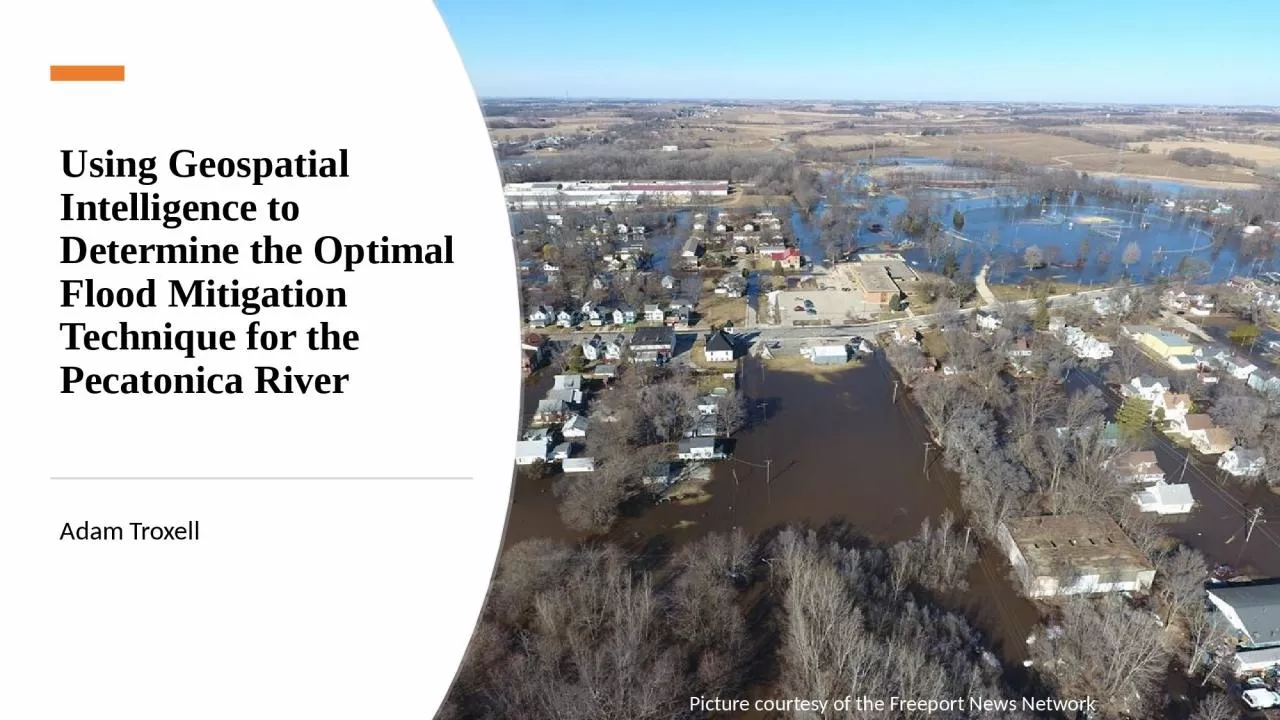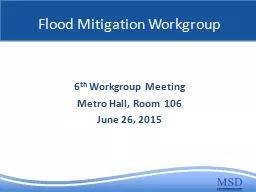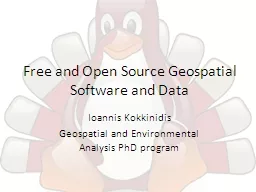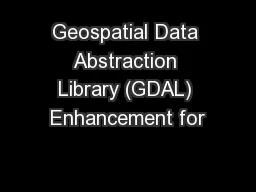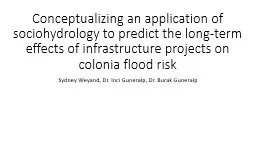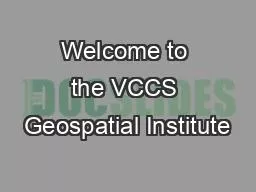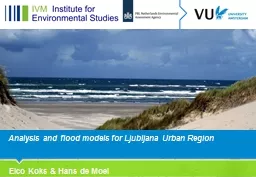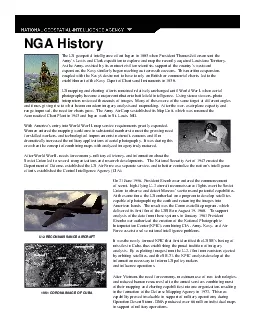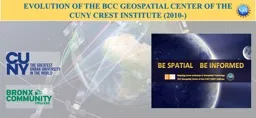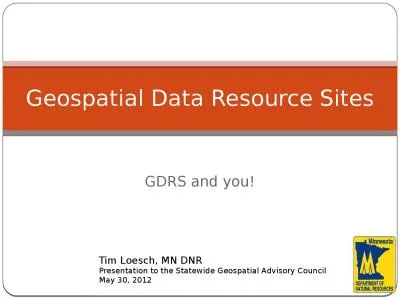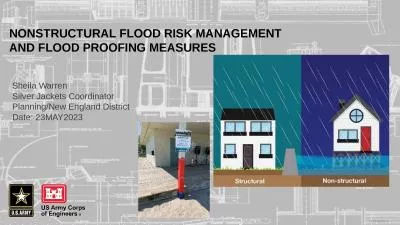PPT-Using Geospatial Intelligence to Determine the Optimal Flood Mitigation Technique for
Author : williams | Published Date : 2024-03-13
Adam Troxell Picture courtesy of the Freeport News Network Outline Purpose Background Over 12 million acres Begins in southwestern Iowa County WI and ends in Rockton
Presentation Embed Code
Download Presentation
Download Presentation The PPT/PDF document "Using Geospatial Intelligence to Determi..." is the property of its rightful owner. Permission is granted to download and print the materials on this website for personal, non-commercial use only, and to display it on your personal computer provided you do not modify the materials and that you retain all copyright notices contained in the materials. By downloading content from our website, you accept the terms of this agreement.
Using Geospatial Intelligence to Determine the Optimal Flood Mitigation Technique for: Transcript
Download Rules Of Document
"Using Geospatial Intelligence to Determine the Optimal Flood Mitigation Technique for"The content belongs to its owner. You may download and print it for personal use, without modification, and keep all copyright notices. By downloading, you agree to these terms.
Related Documents

